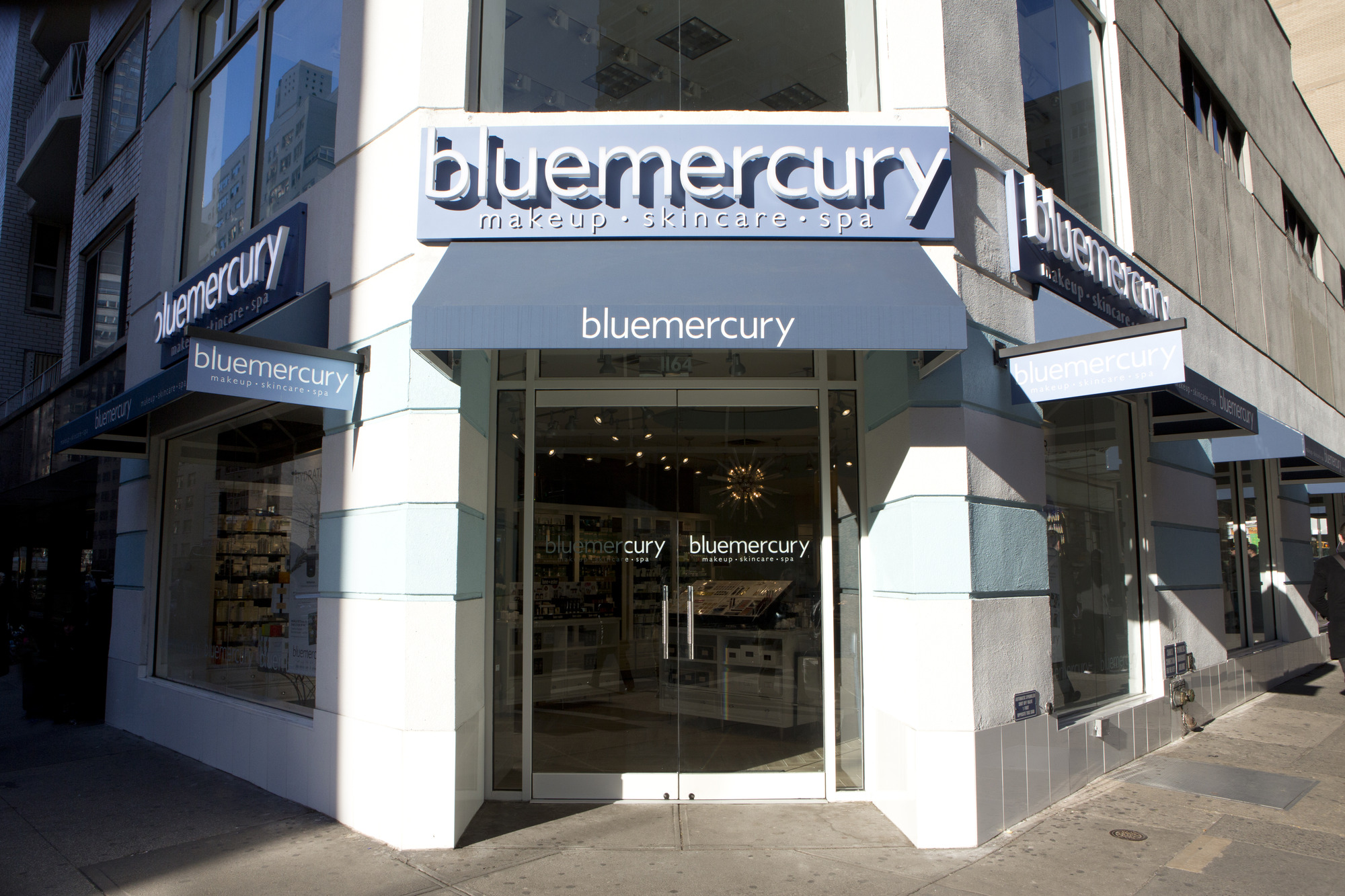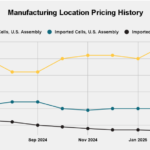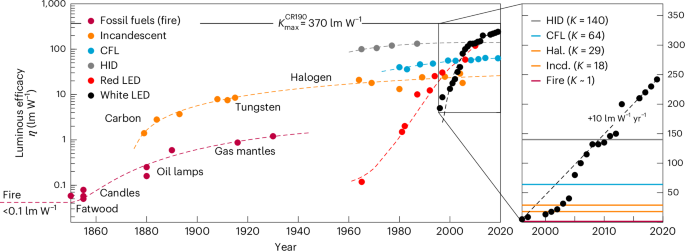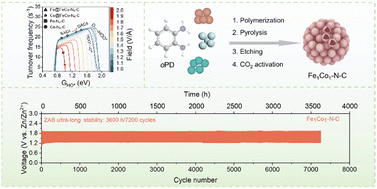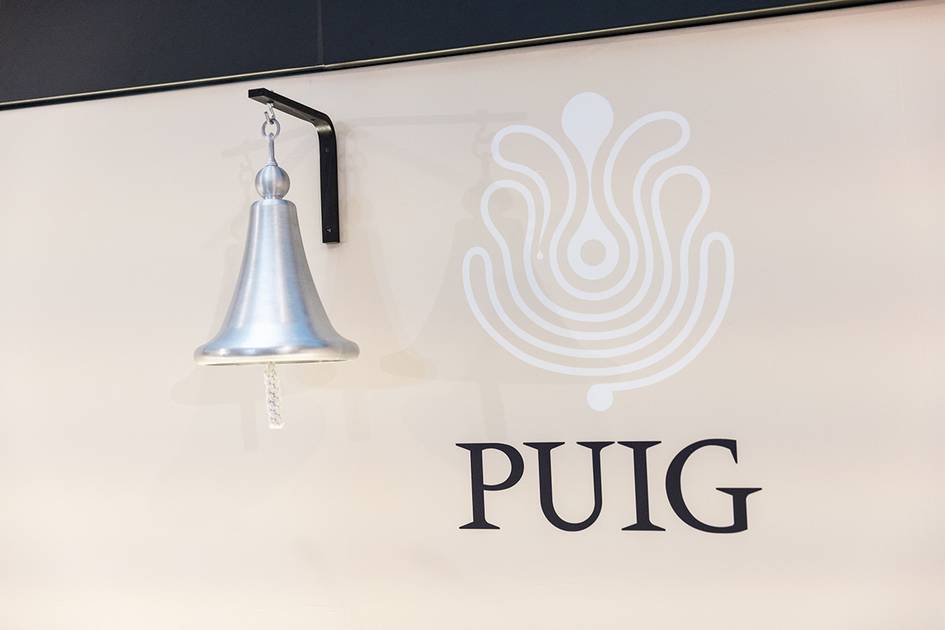Is it time for a change at Kering’s helm?
Opinion Pinault senior and son Credits: Kering The litany of underwhelming results from Kering, most recently another sharp downturn at Gucci, has provoked a rare public debate over the stewardship of the group's chief, François-Henri Pinault. As industry commentator Astrid Wendlandt observed in Miss Tweed, Pinault’s steadfast loyalty to the empire his father built may now be an obstacle to reinvention. The persistent slide in Gucci’s sales—a 25 per cent plunge in the first quarter of 2025—and an overall revenue decline of 12 per cent in 2024 underscore the urgency for renewed strategic vision. Pinault has overseen a series of management shake-ups and cost-cutting measures, including the recent appointment of Demna at Gucci, yet the results have fallen short of expectations. Miss Tweed argues that these initiatives, while necessary, lack the transformative ambition required to reinvigorate Kering’s core brands and to respond effectively to both digital disruption and shifting consumer tastes. In an era when competitors pivot rapidly, the luxury group’s incremental adjustments appear increasingly outpaced. Moreover, the luxury sector’s headwinds—in particular, slower spending growth in Asia—demand a leader willing to reimagine product assortments and marketing approaches. Kering’s reliance on legacy brands risks alienating younger, digitally native customers who seek fresh narratives and agile experiences. A departure in leadership could galvanise the organisation, unlocking new collaborations, accelerating digital innovation and restoring investor confidence. Nothing guarantees that a successor would steer Kering to instant success. Yet, a deliberate transition at the top could signal to markets and to the design community that Kering is prepared for substantive change. After all, reinvention has long been a hallmark of enduring luxury houses; perhaps the time has come for the leadership baton to be passed.

Opinion
The litany of underwhelming results from Kering, most recently another sharp downturn at Gucci, has provoked a rare public debate over the stewardship of the group's chief, François-Henri Pinault. As industry commentator Astrid Wendlandt observed in Miss Tweed, Pinault’s steadfast loyalty to the empire his father built may now be an obstacle to reinvention. The persistent slide in Gucci’s sales—a 25 per cent plunge in the first quarter of 2025—and an overall revenue decline of 12 per cent in 2024 underscore the urgency for renewed strategic vision.
Pinault has overseen a series of management shake-ups and cost-cutting measures, including the recent appointment of Demna at Gucci, yet the results have fallen short of expectations. Miss Tweed argues that these initiatives, while necessary, lack the transformative ambition required to reinvigorate Kering’s core brands and to respond effectively to both digital disruption and shifting consumer tastes. In an era when competitors pivot rapidly, the luxury group’s incremental adjustments appear increasingly outpaced.
Moreover, the luxury sector’s headwinds—in particular, slower spending growth in Asia—demand a leader willing to reimagine product assortments and marketing approaches. Kering’s reliance on legacy brands risks alienating younger, digitally native customers who seek fresh narratives and agile experiences. A departure in leadership could galvanise the organisation, unlocking new collaborations, accelerating digital innovation and restoring investor confidence.
Nothing guarantees that a successor would steer Kering to instant success. Yet, a deliberate transition at the top could signal to markets and to the design community that Kering is prepared for substantive change. After all, reinvention has long been a hallmark of enduring luxury houses; perhaps the time has come for the leadership baton to be passed.

















































